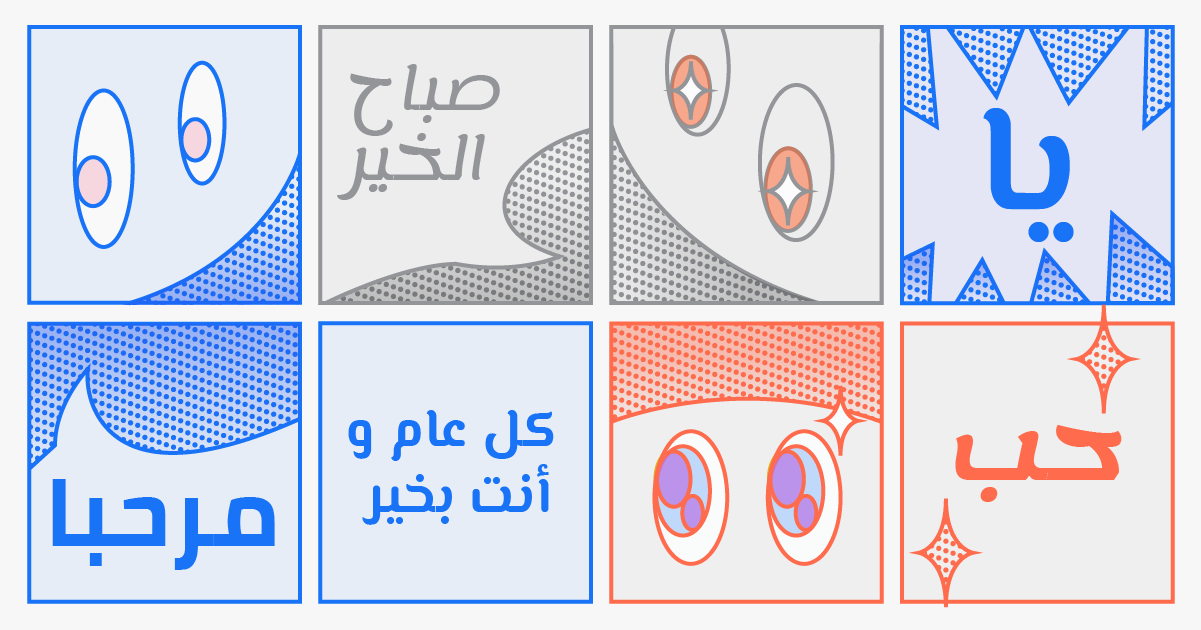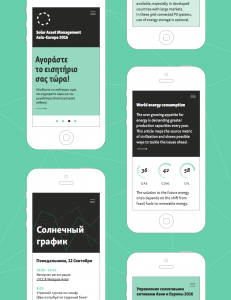Multilingual communication presents some obstacles on its written form that can be beautifully solved by the use of typography. Multi-script typefaces represent a better access to written communication across countries, languages and scripts.
Some decades ago, it was difficult to find typefaces that included all the special glyphs necessary for writing in every Latin language. Symbols such as accents, combined letters, hyphens or phonetic consonants were not included in the basic Latin alphabet but are still used in many Languages. Although they were soon available for languages like German, French or Spanish, designers working with texts in Polish, Czech, Turkish or even Catalan had lots of trouble when trying to find special glyphs in the character sets of their font library. In many cases they had to make countless adjustments or draw new symbols themselves.
As the typographer Onur F. Yazicigil explains in an interview with Slanted Magazine[1], Turkish designers started to add the missing letters to their desired fonts to face the exclusion of special glyphs required for writing in Turkish language. This was a common situation in many other languages and resulted in a vast collection of customized glyphs across cultures.
But for countries using a different script than Latin, this lack of characters also meant a barrier to their access to technology. Whereas computer science has always been English-based, users around the world wanted to communicate in their own languages as well. The main obstacle they had to face was the absence of a software able to process the huge number of characters required in many languages like Arab, Chinese or Devanagari. It was not till the recent development of new technologies such as Unicode and OpenType, that computer environments became purely multilingual and were finally able to include more than 65.000 glyphs or symbols in a single font file. That means that today any user can easily acquire a font package that includes all the necessary glyphs to write in several writing systems without any software inconvenience.
Google fonts have been working on this matter since 2010 expanding its library to Eastern scripts featuring Korean, Devanagari, Arab, Hebrew…
“Every year for the last several years, millions of people have gotten their first computer as a smart phone and use that to access the internet. It’s necessary for them to have as good an experience expressing themselves through typography as they would in English.”[2]
Dave Crossland, the program manager for Google Fonts.
With projects as Noto Fonts [3] they want to provide fonts in Unicode for every language, as a response to a growing industry, which demands typefaces that represent our multilingual reality. Google fonts is a great example of the role of typography and script for inclusion and cultural diversity in global communication.
Multi-script typography is possible thanks to these new technological developments which allowed type designers to elaborate new typefaces from a multilingual perspective. They are now encouraged to bring a fresh approach to type design and make it through Latin and Western-based type scene.
[1] Slanted Magazine, Issue 24 Istambul, 2015. Interview available on https://vimeo.com/109686747
[2] Google Wants to Make Web Fonts Accessible All Over the World https://eyeondesign.aiga.org/google-wants-to-make-web-fonts-accessible-all-over-the-world/
[3] Noto Fonts https://www.google.com/get/noto/
Images
1 Google Fonts, Modernizing Arabic Type for a Digital Audience https://design.google/library/modernizing-arabic-typography-type-design/
2 Rosetta Foundry, Skolar Sans Specimen https://www.rosettatype.com/SkolarSans#cyrillic

